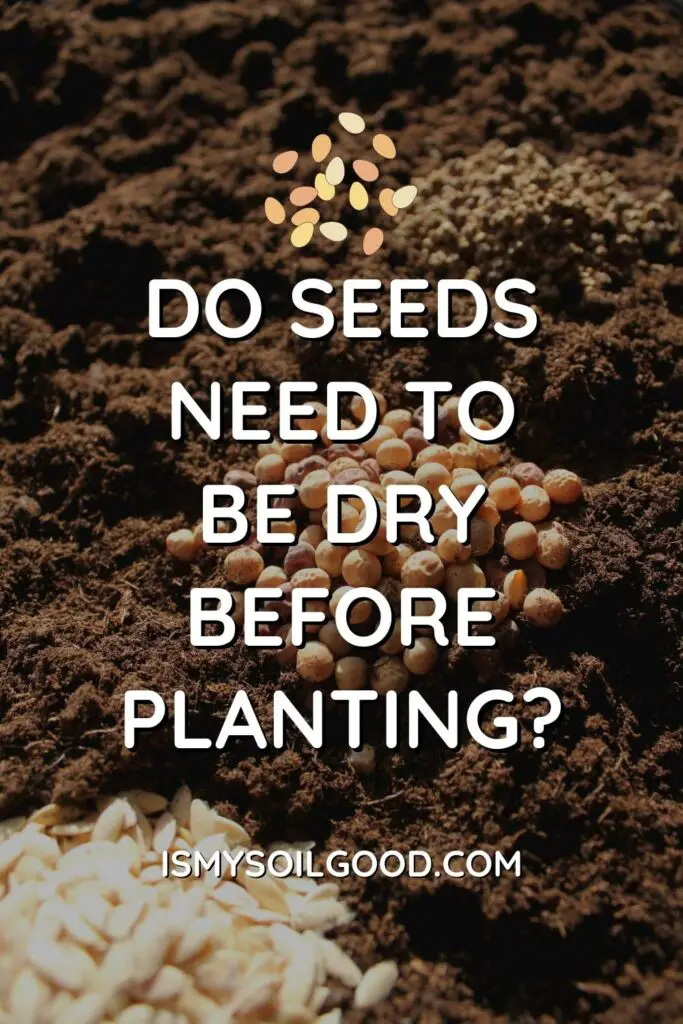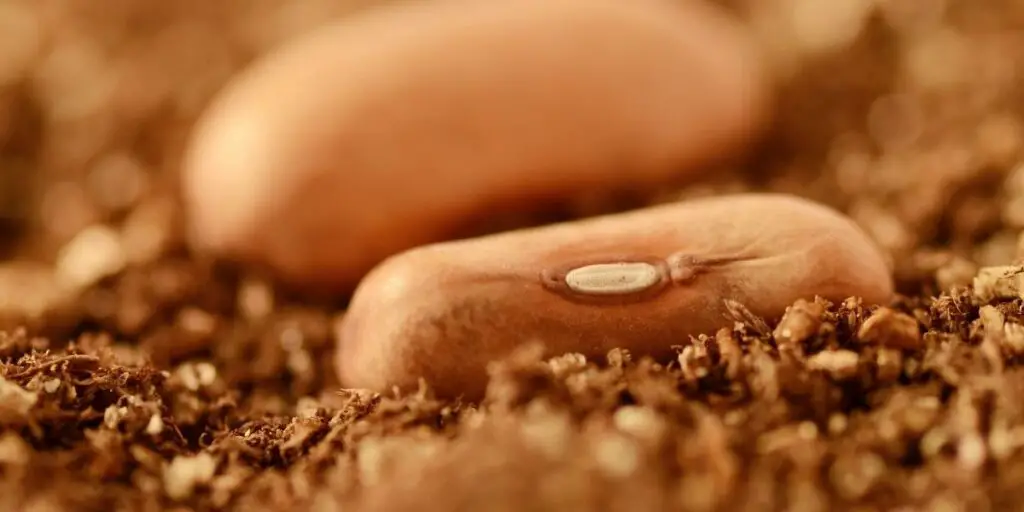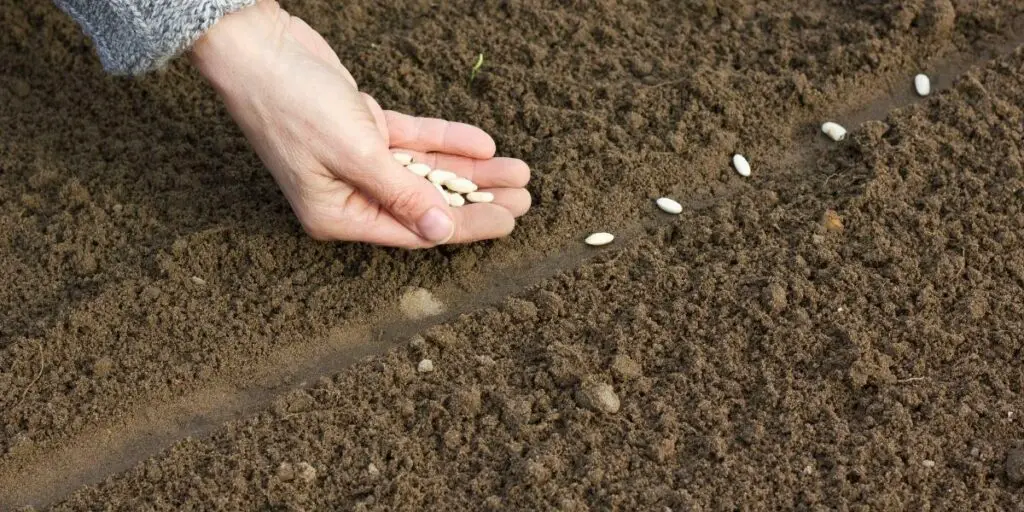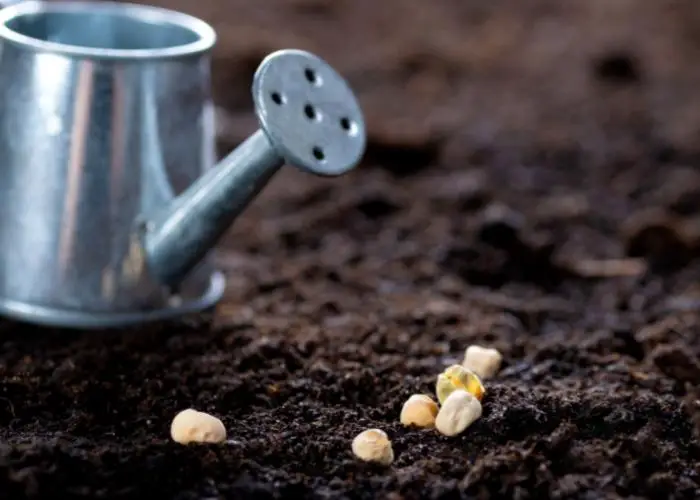We're an affiliate
We hope you love the products we recommend! Just so you know, we may collect a share of sales or other compensation from the links on this page. Thank you if you use our links, we really appreciate it!

Whether you’re a first-time gardener or you’ve been planting seeds for years, you may have wondered if seeds need to be dry before planting. The answer is: that it depends. Different types of seeds have different moisture levels that are necessary for germination. In this blog post, we will discuss the best way to plant different types of seeds and how much water they need to get started.
Table of Contents
Do seeds need to be dry before planting
While it is generally best to plant dry seeds, there are some exceptions. For example, many flowers and vegetables, such as impatiens and tomatoes, can be planted successfully even if the seeds are slightly moist.
However, it is important to plant these seeds immediately after they have been harvested, as the moisture will quickly evaporate and the seeds will become difficult to germinate. In general, it is best to plant dry seeds as soon as possible after they have been collected. This will help to ensure that they remain viable and will result in a higher rate of germination.
how long should seeds dry before planting
The amount of time that seeds need to dry before planting varies depending on the type of seed. For example, hard seeds, such as beans and peas, will need to dry for several days before they can be planted.
Soft seeds, such as squash and zucchini, do not need to dry as long and can be planted after they have been rinsed off with water. It is important to read the seed packet or label to determine how long the seeds should be dried before planting.
how to dry seeds?
One of the most rewarding parts of gardening is being able to save seeds from your favorite plants to grow again next year. Whether you are saving seeds from heirloom varieties or simply trying to be more self-sufficient, it’s important to know how to properly dry and store them.

The first step is to allow the seeds to mature fully on the plant. Once they are ripe, carefully remove them from the fruit or flower and spread them out on a paper towel to air dry. Avoid allowing direct sunlight to fall on the seeds, as this can cause them to overheat.
What is the best way to store seeds?
The best way to store seeds is in a cool, dry place. This will help to ensure that they remain viable for a longer period. Seeds can also be stored in the fridge or freezer if you want to extend their shelf life even further.
What type of seeds do you have and what is the recommended planting process?
Some seeds, such as beans and peas, need to be pre-soaked in water before planting. This will help to soften the seed coat and increase the chances of germination. After pre-soaking, these seeds should be planted immediately, as they will not remain viable for long.
Other seeds, such as carrots and lettuce, can be planted either dry or moist. If you choose to plant them moist, you will need to keep the soil moist until the seeds germinate. Once they have sprouted, you can then begin to water them regularly.
Still, other seeds, such as corn and wheat, need to be planted very deep in the soil to germinate properly. In these cases, it is best to plant them dry and then water them well after planting.
Seeds vary widely in terms of the amount of water that they need for germination. By following the guidelines above, you can ensure that your seeds get the water that they need to grow into healthy plants.
How can you tell if the seeds are dry enough to plant?
One way to tell if seeds are dry enough to plant is to pinch them between your fingers. If they break easily, then they are likely dry and can be planted. Another way to test the moisture level of seeds is to put them in a glass of water. If they sink to the bottom, then they are likely wet and should not be planted.

If you are not sure whether or not the seeds need to be pre-soaked, you can test them by placing a few in a bowl of water. If they float, then they do not need to be pre-soaked and can be planted immediately. If they sink, then they should be pre-soaked before planting.
What happens if you plant wet seeds?
If you plant wet seeds, they will likely not germinate or, if they do germinate, the plants will be weak and may not survive. This is because the seeds need to have their moisture removed to start growing. By planting them wet, you are essentially giving them a head start on the competition.
It is important to remember that different seeds have different moisture levels that are necessary for germination.
What keeps the seed from drying out?
The seed coat helps to keep the seed from drying out by protecting it from the elements. The seed coat also helps to prevent the seed from being eaten by animals or insects.
When the seed germinates, the seed coat breaks open and the plant starts to grow. The seed coat is no longer needed at this point and will eventually be shed by the plant.
How can you prevent your seeds from getting too wet before planting?
One way to prevent your seeds from getting too wet before planting is to place them in a container with drainage holes. This will allow the excess water to drain away, preventing the seeds from sitting in water for an extended period.
Another way to prevent your seeds from getting too wet is to plant them immediately after they have been harvested. This will help to ensure that they remain viable and will result in a higher rate of germination.
What are some tips for watering your plants after they’ve been planted?

Once your plants have been planted, it is important to water them regularly to help them grow. How often you water your plants will depend on the type of soil that you are using, the weather, and the size of the plants.
It is a good idea to test the moisture level of the soil before watering your plants. One way to do this is to stick your finger in the soil. If the soil feels dry, then it is time to water your plants. Another way to test the moisture level of the soil is to use a soil meter.
If you are not sure how much water your plants need, you can wait until the leaves start to droop before watering them. This is a sign that the plants are not getting enough water and need to be watered immediately.
How can you ensure your seeds get the best start possible?
By following the guidelines in this blog post, you can ensure that your seeds get the water that they need to germinate and grow into healthy plants. By planting them dry and then watering them well after planting, you can help your plants establish a strong root system. This will help them to withstand future stresses, such as drought conditions.
Conclusion
So, do seeds need to be dry before planting? It is best to plant most seeds after they have been dried. This drying process usually takes around two weeks, depending on the type of seed. There are a few exceptions to this rule, however – lettuce and spinach can be planted when they are still damp because they need the moisture to germinate.
Additionally, some seeds can be directly sown into the soil without any pre-treatment. These include beans, peas, and radishes. With these tips in mind, you’re ready to start growing your own beautiful flowers and bountiful vegetables!

